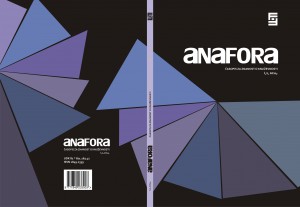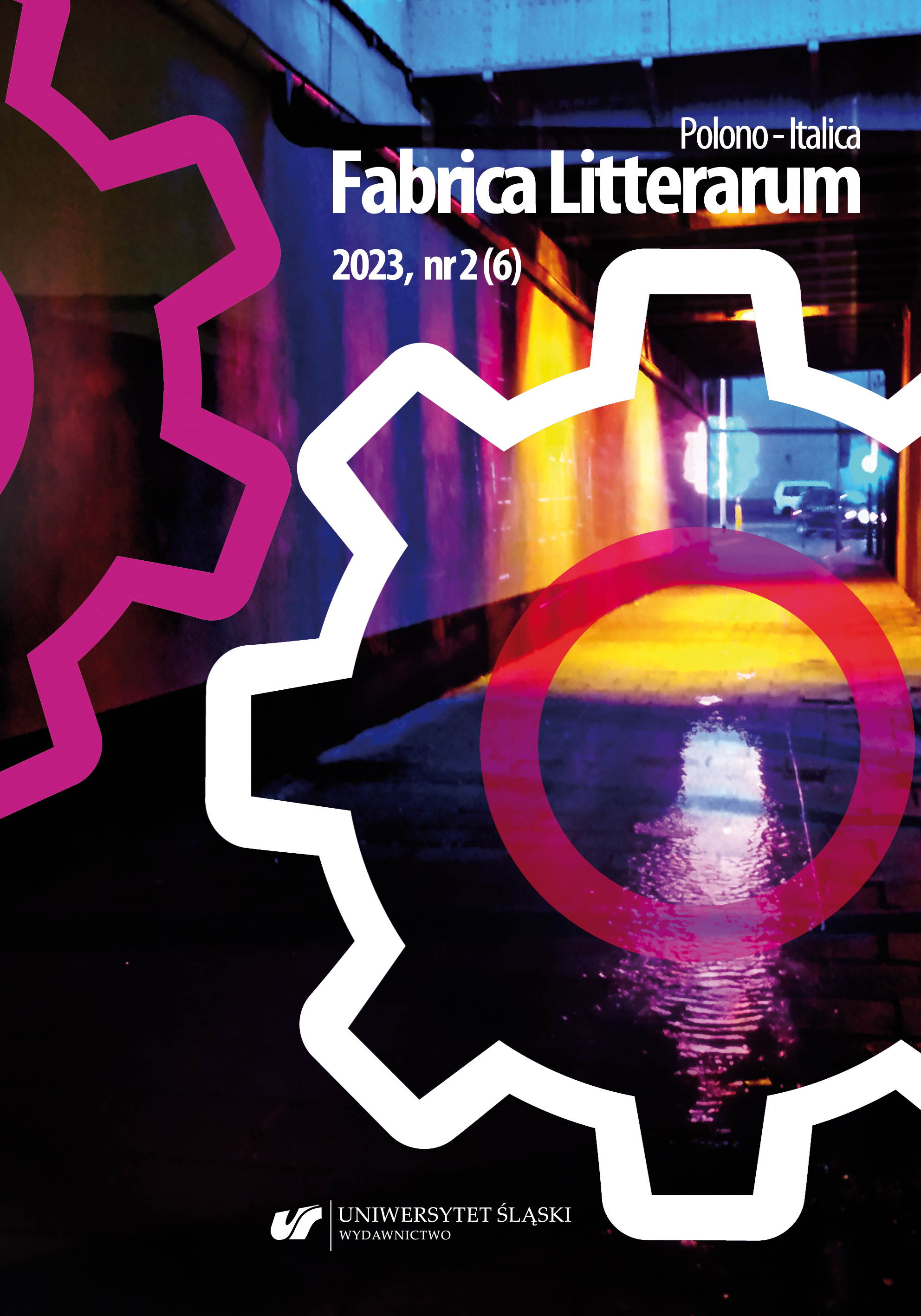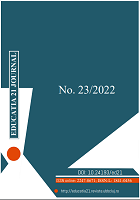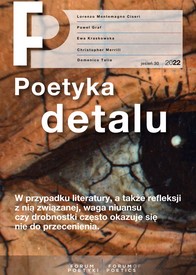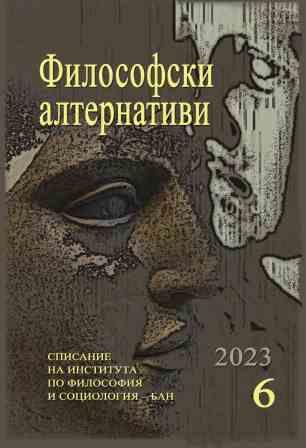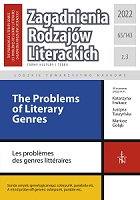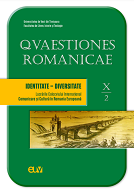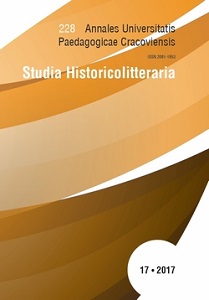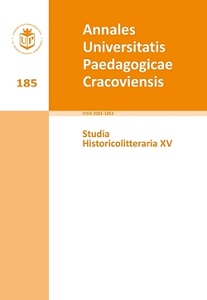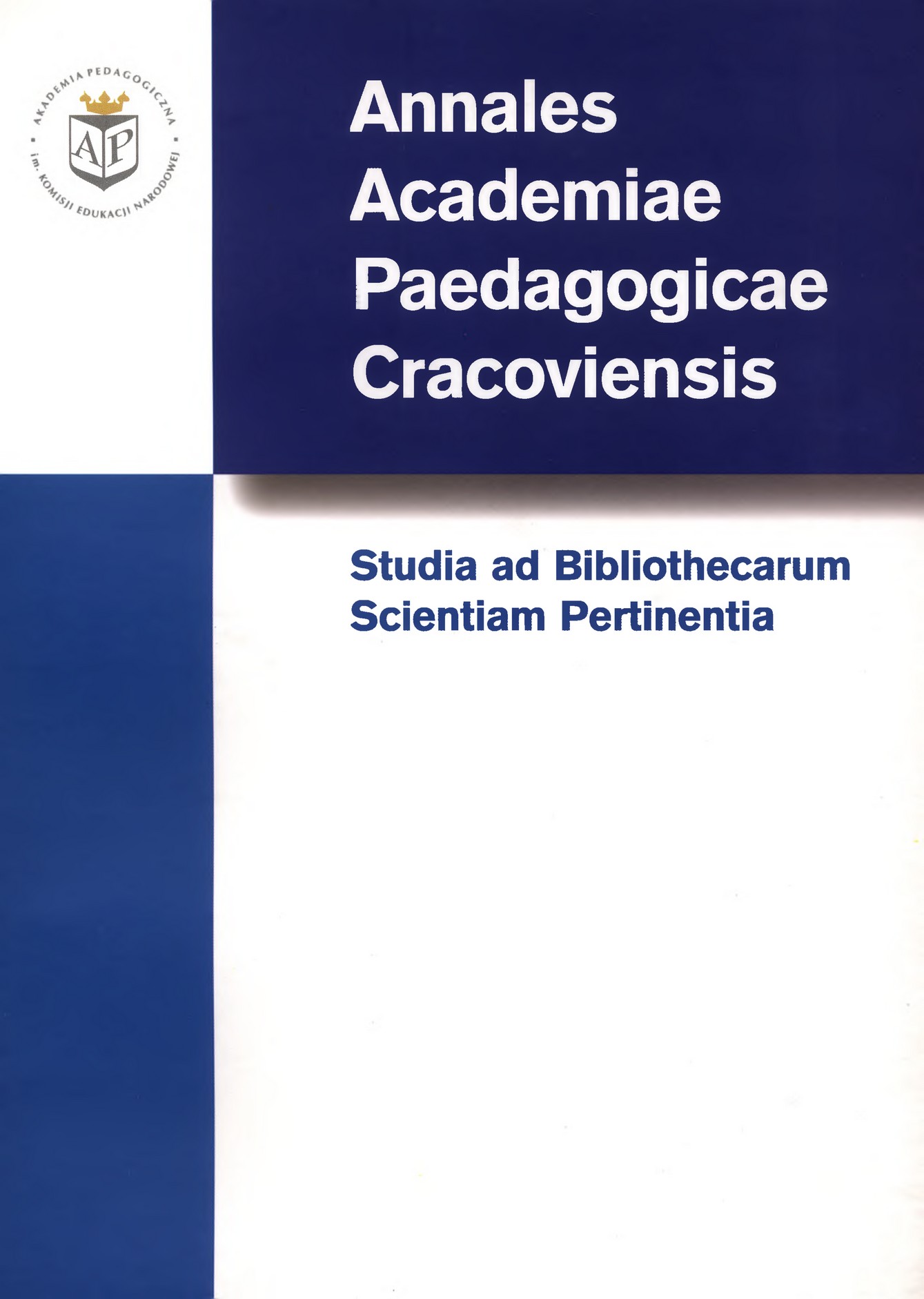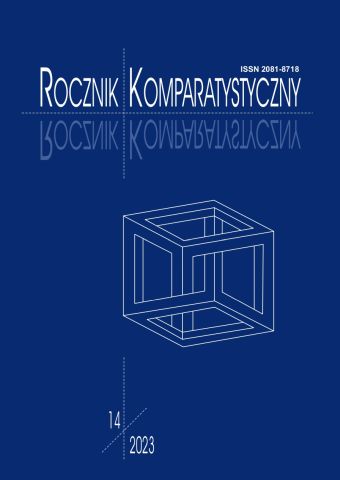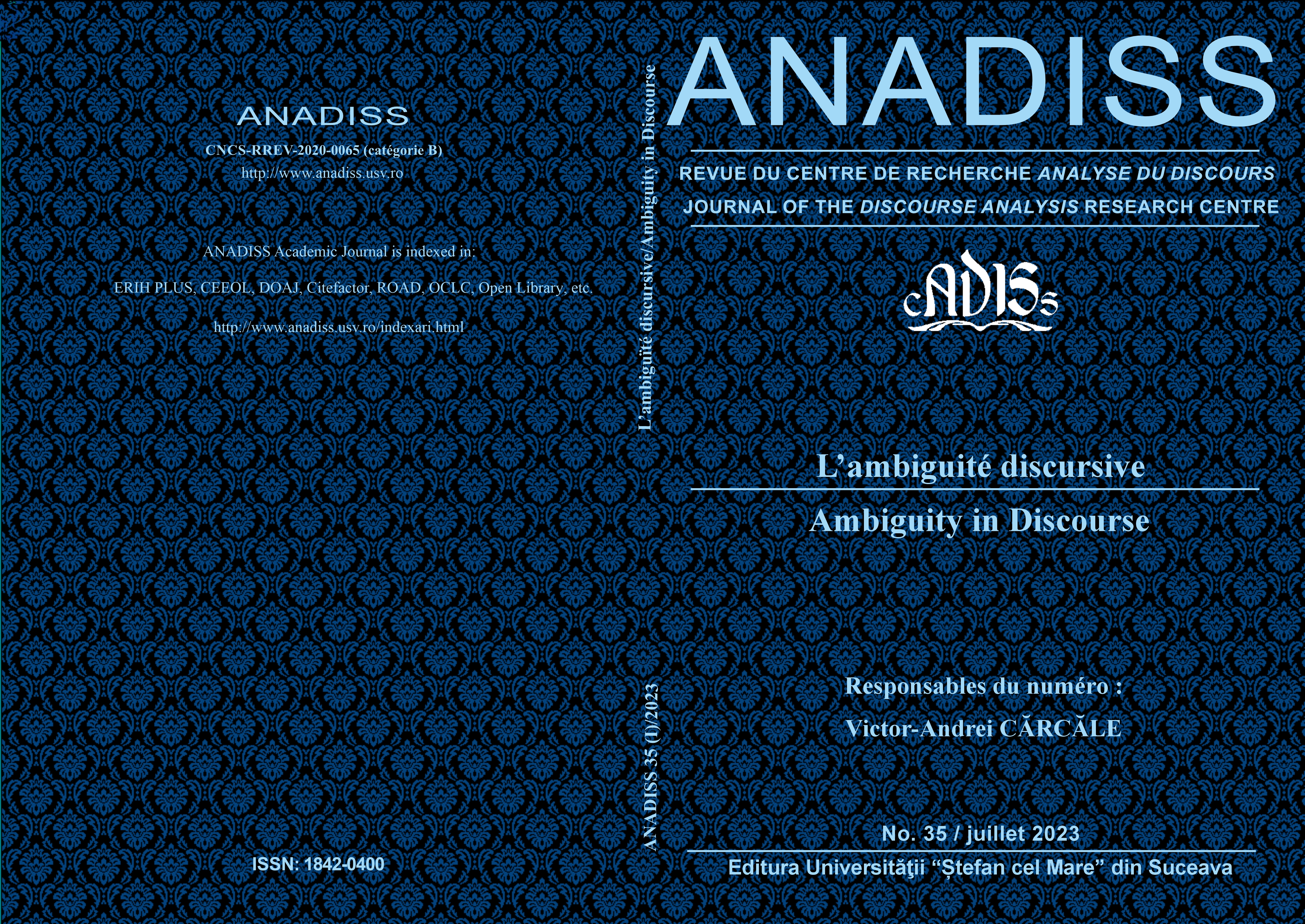
Ambiguita nel Purgatorio dantesco
Throughout the Middle Ages and the early modern era, the doctrine of Purgatory was upheld within the Catholic Church primarily on political grounds rather than on convincing theological arguments. Ambiguity in Purgatory can be interpreted as a form of dualism in which the coexistence of two opposites occurs in different aspects of the work. However, the structure of the mount has several elements, both natural, such as rocks and vegetation, and supernatural, such as the presence of angels and the absence of gravity. This generates an ambiguity that requires in-depth analysis and identification of causes. Dante employs symbolic language in Purgatorio to express the ambiguity inherent in the human condition and its relationship with the divine. Dante’s version of Purgatory differs from earlier versions in the presence of angels rather than devils. This aspect underscores the importance of the idea that Purgatory is not merely a temporary version of Hell, but rather a path to Paradise. This unprecedented link between the Garden of Eden and Purgatory is an important novelty both theologically and literally.
More...
